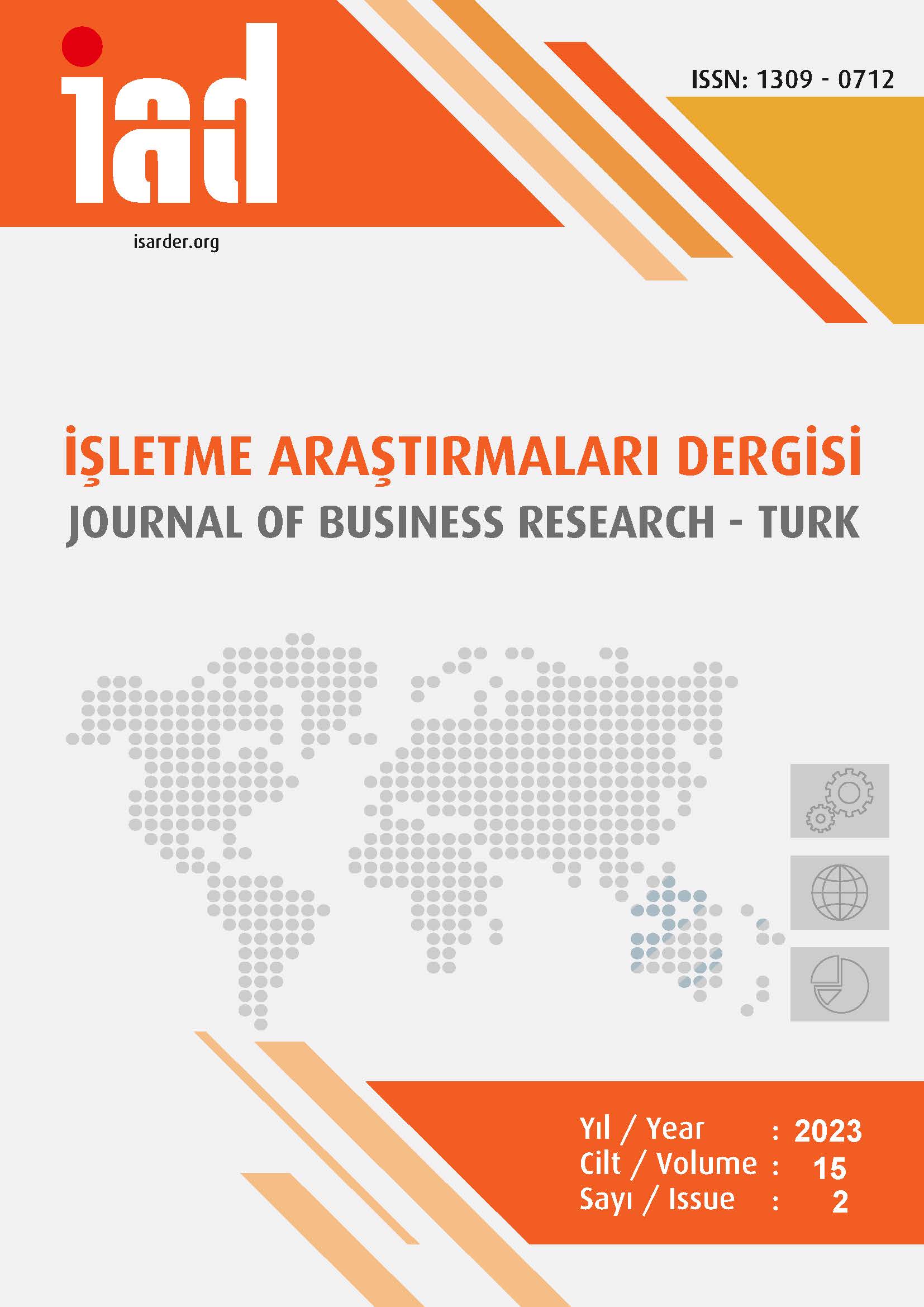Olasılık Dağılımları ve Kolektif Risk Modellemesi Çerçevesinde Portföy Getiri Tahmini: Bist 30 Uygulaması
DOI:
https://doi.org/10.20491/isarder.2023.1660Anahtar Kelimeler:
Olasılık Dağılımları- Kolektif Risk Modellemesi- Monte Carlo SimülasyonuÖzet
Amaç – Araştırmada tasarruflarını portföy oluşturarak borsada değerlendirmeyi düşünen yatırımcılar için portföyde yer alan hisse senetlerinin dağılımlarını ve dağılım parametrelerini belirleyerek kollektif risk modellemesi çerçevesinde portföylerin getiri ve risk düzeylerini istatistiksel yöntemlerle belirlemektir. Yöntem – Belirlenen amaca ulaşabilmek için BİST-30 endeksinde 2018-2021 yıllarında aktif olarak işlem gören hisse senetlerinin günlük kapanış fiyatları alınmış ve söz konusu verilerin uygunluk gösterdiği istatistiksel dağılımlar ve dağılım parametreleri hesaplanmıştır. SWARA ve MOORA yöntemleriyle düşük, orta ve yüksek riskli olmak üzere üç farklı kategoride portföy oluşturulmuş bu portföyler için Monte Carlo simülasyon yöntemi uygulanarak beklenen ortalama getiri, getiri olasılığı ve risk seviyesi tahminlenmiştir. Bulgular – Araştırmanın sonucunda farklı (düşük, orta ve yüksek) risk düzeylerinde portföy oluşturularak yapılan analizlerde portföylerin risk düzeylerinin tüm portföyler için yaklaşık %1 ve %2 oranında olduğu tespit edilmiştir. Portföylerin ortalama getirileri incelendiğinde en yüksek günlük ortalama getirinin ‰2,8 oranında olacağı ve bunun %61 olasılıkla gerçekleşeceği tahminlenmiştir. Tartışma – Portföylere ilişkin ortalama getiri ve risk düzeyinin olasılık dağılım parametreleri bilindiğinde Monte Carlo Simülasyon yöntemiyle daha kolay hesaplana bildiği ortaya konulmuş ve klasik yöntemle benzer sonuçlara ulaşılmıştır. Ayrıca simülasyon yöntemiyle portföy getirisi üzerinde etkili olana hisse senetleri belirlenmiştir. Kullanılan Monte Carlo Simülasyon yöntemi literatürle karşılaştırıldığında, kuadratik programlama (Abay 2013), Finnet Portfolio Advisor programı (Zerey ve Terzi 2015), Yapay Sinir Ağları (Yavuz 2012) yöntemleriyle benzer sonuçlara ulaşıldığı tespit edilmiştir. Diğer yöntemlere göre Monte Carlo Simülasyon yöntemiyle hisse senetlerinin ağılıkları, varlık sayısı daha hızlı değiştirilerek sonuçların hesaplanabilmesi açısında daha kolay ve etkili olduğu saptanmıştır.
İndir
Yayınlanmış
Nasıl Atıf Yapılır
Sayı
Bölüm
Lisans

Bu çalışma Creative Commons Attribution-NoDerivatives 4.0 International License ile lisanslanmıştır.





